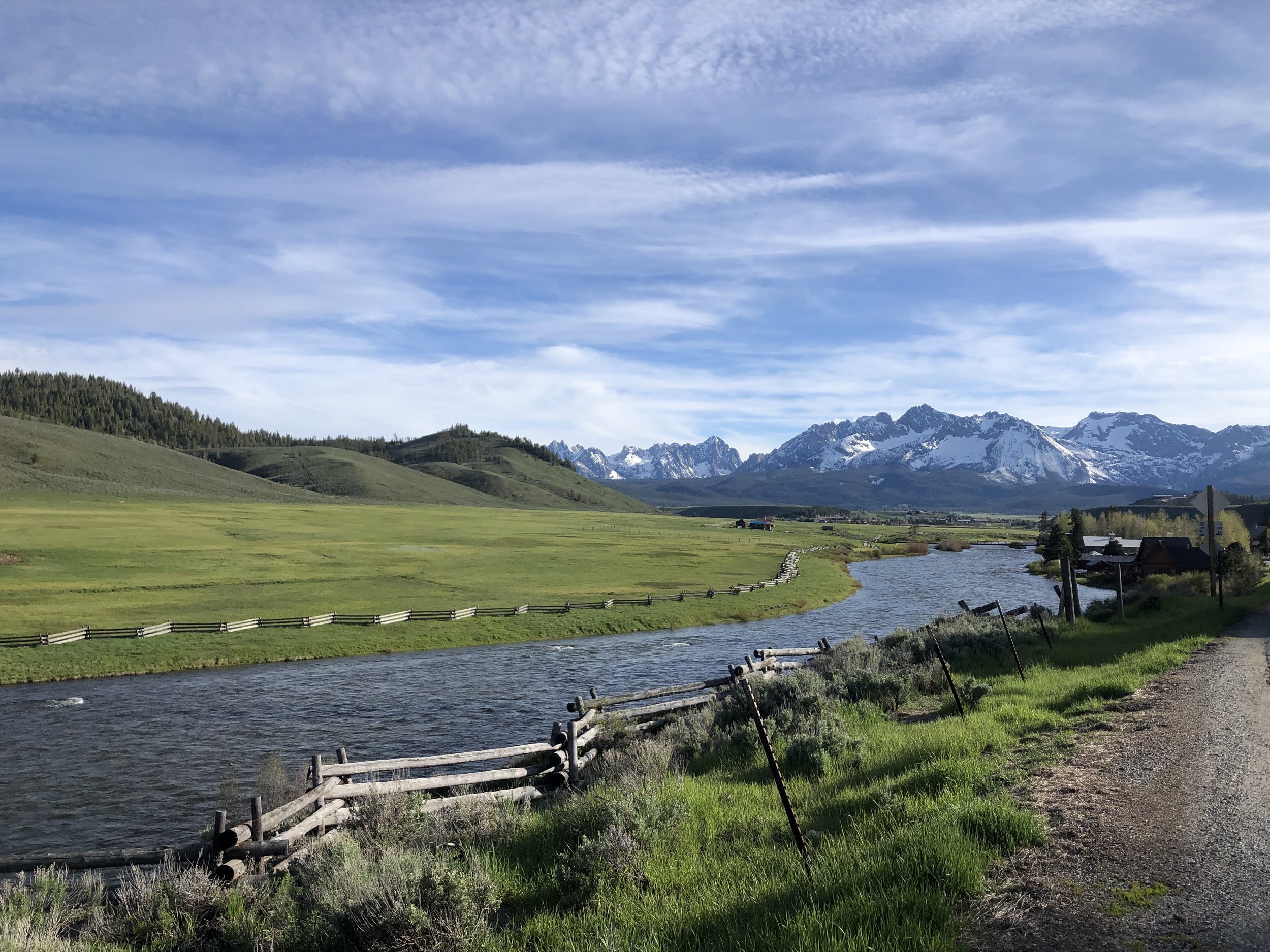
Why Buffalo?
A symbol of American resilience, Bison, colloquially known as Buffalo are keystone species that have heavily impacted the Land and its People for thousands of years.
We have a chance to bring back this majestic giant from the brink of ecological extinction.
Our American Heritage.
Together we can restore an American Icon.

-
Buffalo have a myriad of affects on the landscape.
Dung is a fertilizer which spreads native seeds
Create wallows, or depressions, in the ground caused by rolling which holds water during the rainy season, creating micro-ecosystems
Shed hair used by birds to build nests
Aerate soil by tilling with their hooves
Do not poop in and contaminate water, unlike cows
Reduce wildfire risk by crushing saplings and brush
-
A conservative estimate of 60 million Buffalo roamed across North America and the northern region of what is now Mexico. Before the 1800s, when Buffalo were killed by the millions in the name of Manifest Destiny, First Nations used this animal as their commissary. It was a primary food source, provided shelter, tools, clothing, and was used in ceremonies. It was everything, and the US government knew that. To allow westward expansion for settlers, cattle, and agriculture, the government overtly promoted the extermination of Buffalo, and thereby subdued Native peoples to reservations. By 1905 their numbers were reduced to a few hundred.
Buffalo have been largely absent from our lives, and the landscape for over 130 years, but now, with the monumental effort and collaboration of First Nations, American Bison Society, private investors and other conservation organizations, they are slowly returning.
-
Scientific climate projections show increasing weather variability and volatility on the horizon, indicating that conventional agricultural and production practices are becoming less sustainable, both ecologically and economically. The historically broad distribution of Buffalo and their innate resilience suggests they can adapt to a variety of conditions and climates. With this and their ecological potential, they are the ideal candidate for the vast majority of suitable land in North America. Effective conservation projects must be built around local community needs and objectives in order to support Buffalo restoration.
Trust and public perception improves with engagement and collaboration from the local community, building relationships, strengthening communication and improving overall productivity. With appropriate planning and collaboration, the return of Buffalo can provide a sustainable and an extremely nutritious source of food to communities with some of the greatest food insecurity in the United States.
The restoration of Buffalo will require more widespread herds, increased herd sizes, and reestablishment of migration corridors. Once this is achieved, it will be possible to merge the concepts of conservation and commercial herds, allowing for mainstream food production at a much lower environmental, and long-term financial cost compared to cattle (Shamon et. al., 2022). The Potential of Bison Restoration
-
Significantly more vitamins and minerals than beef (iron, zinc, vitamin b12, antioxidant selenium, etc.)
Lower “bad” saturated fat content, with higher levels of heart protective and brain boosting healthy fat sources (Omega 3 fatty acids and CLA)
Pound for pound more protein than lean beef
It’s delicious. Can be prepared like beef or other red meat, being served in a multitude of ways from steaks to burgers, sauces to pâté, from jerky to pemmican.
Used as a medicine for thousands of years, Buffalo liver is a superfood. With incredibly high in bioavailable vitamins and minerals, it can now be found in capsule form. Taken orally, it improves energy levels, mental clarity, and can improve mood regulation.
“A thing is right when it tends to preserve the integrity, stability and beauty of the biotic community. It is wrong when it tends otherwise.”
Aldo Leopold, A Sand County Almanac (1949)
The InterTribal Buffalo Council
Leading by example.
Learn.
-

Environmental Impact
Charismatic Keystone Species.
Where the Buffalo return, so does other wildlife, causing a ripple effect, an explosion of biodiversity and reinforcing ecological stability.
-

Historical Significance
Near Extinction to Resurgence.
From less than 1000 wild animals at the turn of the 20th century, to over 400,000 animals in isolated herds today, Indigenous communities lead the way in Rewilding efforts across North America.
-

Economic Potential
Food Industry and Eco-tourism.
As our National Mammal, American Buffalo as a commodity is a growing in popularity, viability, and acceptance in a lucrative market.
-

Health
Nutritious and Delicious.
Free-Range Buffalo provides superior nutrition over factory farmed meat, and mouth-watering umami flavor, satisfying the palate and invigorating the body.
Ted Turner ain’t the only one.
Current Buffalo Rewilding Programs in the West
-

Blackfeet, Kainai, Piikani & Siksika - Blackfeet Nation, Montana
-

Eastern Shoshone & Northern Arapaho - Wind River Reservation, Wyoming
-

Salish & Kootenai - Flathead Reservation, Montana
-

American Prairie - Montana
-

Zapata Ranch - Great Sand Dunes National Park, Colorado
-

The Nature Conservancy - United States
